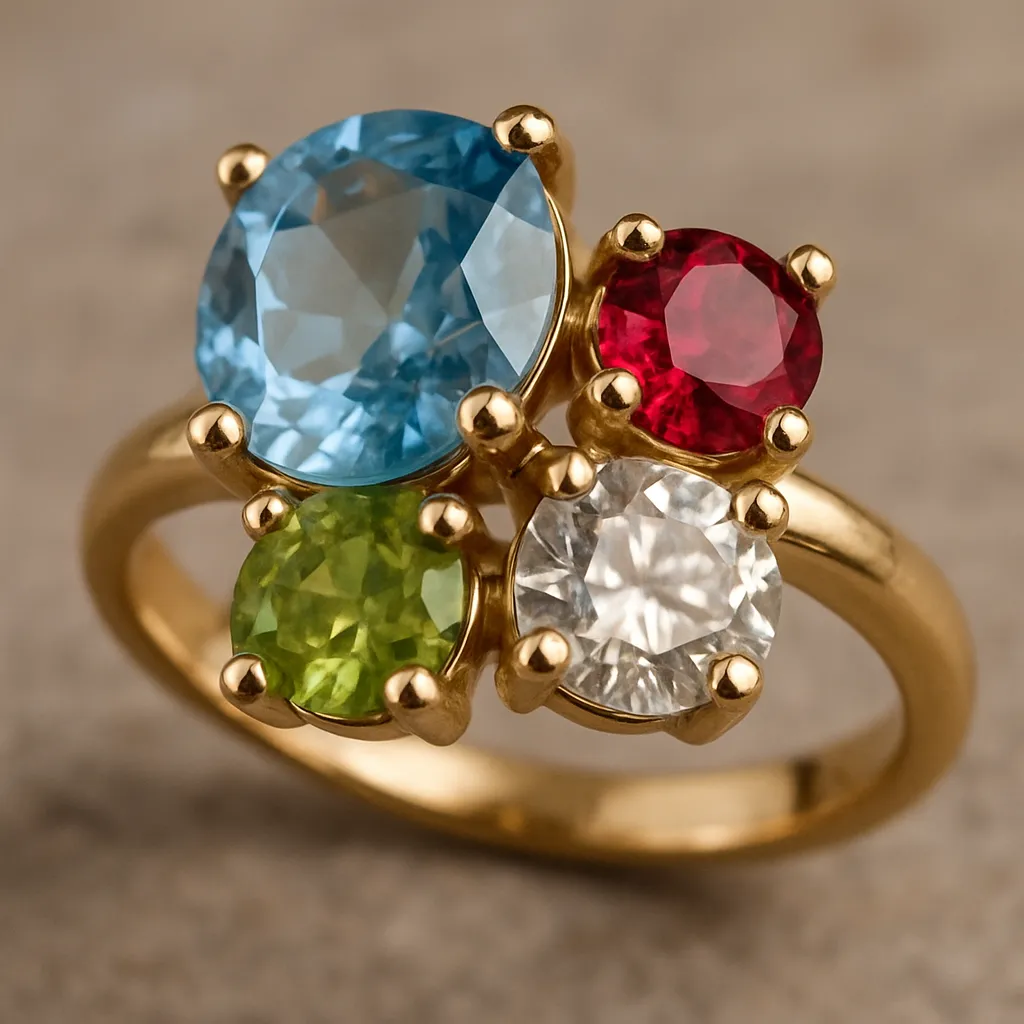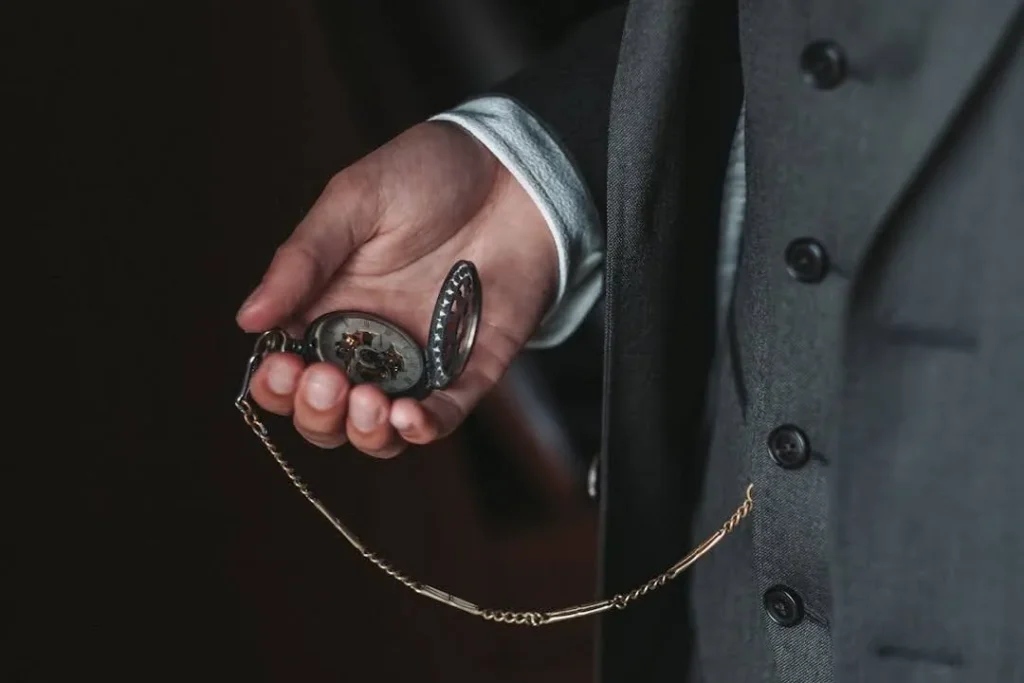When it comes to jewelry, especially rings, a perfect fit is crucial for both comfort and security. Rings are often cherished not just for their monetary value but for their sentimental significance as well. However, our fingers can change size over time due to various factors like weight fluctuations, temperature changes, or simply the passage of time. In some cases, medical conditions such as arthritis can also lead to changes in finger size. This often leads to the need for resizing a beloved ring. But the question arises: does resizing a ring damage it? Let’s explore this topic in detail to understand the impact of resizing on your precious jewelry.
What Happens During Resizing?
Resizing a ring involves altering its band to make it larger or smaller. For enlarging, a jeweler usually cuts the band and adds a small piece of metal, ensuring the added piece matches the original metal in color and karat. For reducing size, they remove a section of the band and solder the ends back together, taking care to align them perfectly. This process requires skill and precision to ensure the ring retains its original look and integrity. The jeweler must also polish the ring to blend the new joint seamlessly with the rest of the band.
Moreover, resizing can involve reshaping the ring to ensure that it maintains a perfect circle. This is particularly important for comfort and appearance. Jewelers may also take the opportunity to examine the overall condition of the ring, checking for any pre-existing damage or weak spots that could be exacerbated by the resizing process.
Factors Affecting Resizing
Not all rings can be resized with the same ease. Factors such as the type of metal, the design of the ring, and the presence of gemstones can impact the resizing process. For example, rings made of softer metals like gold are generally easier to resize than those made from harder metals like titanium, which require specialized tools. Platinum, while durable, is also more challenging to work with due to its density.
The complexity of the ring’s design can also affect how it is resized. Rings with intricate patterns, engravings, or those that feature multiple gemstones, require additional care. Jewelers must ensure that resizing does not disrupt the design or compromise the settings of the gemstones, which could lead to them becoming loose over time.
Potential Risks of Resizing

1. Metal Stress and Weak Points
One of the primary concerns with resizing is the potential for stress on the metal. When a ring is cut and soldered, it may develop weak points where it was altered. This can make the ring more susceptible to bending or breaking under pressure, especially if the ring is worn frequently. These weak points can also become more pronounced if the resizing is not done meticulously.
Additionally, the type of solder used can influence the integrity of the ring. Low-quality solder can lead to discoloration or further weakening of the joint over time. Therefore, it is crucial that a high-quality solder is used and that the jeweler is experienced in working with the specific type of metal that the ring is made from.
2. Impact on Gemstones
Rings with gemstones present additional challenges. Resizing can affect the setting of the stones, potentially loosening them. This is especially true for rings with intricate designs or pave settings, where multiple small stones are set closely together. The heat used in soldering can also pose a risk to certain gemstones, which may crack or change color when exposed to high temperatures.
Moreover, if the gemstones are set along the band, resizing can alter their positioning, which could impact the overall symmetry and appearance of the ring. Jewelers often need to take extra precautions, such as removing the stones before resizing and resetting them afterward, to ensure they remain secure.
3. Changes in Appearance
While skilled jewelers aim to maintain the original appearance of a ring, slight changes can occur during resizing. The polished finish may differ slightly, or the solder joint might be visible upon close inspection. Even with expert craftsmanship, a resized ring might not look identical to its original state.
In some cases, resizing may also affect the ring’s balance, especially in rings with large central stones or unique designs. This could make the ring feel different when worn, even if the size adjustment is minor. It’s important to be aware of these potential changes and discuss them with your jeweler beforehand.
Minimizing Damage During Resizing
1. Choosing the Right Jeweler
Selecting an experienced and reputable jeweler is crucial. A skilled professional will assess the ring’s material, design, and condition before proceeding with resizing. They will also ensure that the resizing process is done meticulously to minimize any potential damage. A jeweler with a good reputation will also provide guidance on the best approach for your specific ring, ensuring that any alterations are as seamless as possible.
In addition, consider asking for recommendations from friends or family who have had similar work done. Reading reviews and seeking out a jeweler who specializes in the type of metal or design of your ring can also be beneficial in ensuring a successful resizing.
2. Discussing Options
Before resizing, discuss with your jeweler the best options for your specific ring. In some cases, alternative solutions like ring guards or sizing beads might be recommended, especially for rings that are difficult to resize due to design or material constraints. These solutions can offer a temporary or less invasive way to adjust the fit without altering the ring’s structure.
It’s also beneficial to have a detailed conversation about the risks and what to expect after resizing. A good jeweler will be transparent about potential outcomes and provide you with all the information needed to make an informed decision.
3. Regular Maintenance
Post-resizing, regular maintenance is vital to ensure the ring remains in good condition. This includes checking the fit, inspecting the settings for gemstones, and ensuring the band remains free of stress or damage. Regular cleaning and inspection by a professional jeweler can help identify any issues early, preventing potential problems from worsening.
Consider scheduling regular check-ups with your jeweler to ensure that the ring remains in optimal condition. This proactive approach can help maintain the longevity and appearance of your resized ring, allowing you to enjoy it for many years to come.
Resizing Alternatives

by Ioana Ye (https://unsplash.com/@seleaphotography)
1. Temporary Solutions
For those who experience frequent changes in finger size, temporary solutions like ring adjusters can be a practical choice. These are small, removable devices that fit inside the band to make it slightly smaller without permanent alteration. They are available in various materials, such as plastic or silicone, and can be easily adjusted or removed as needed.
Temporary solutions are particularly useful for individuals who experience seasonal swelling or have fluctuating weight. They offer a flexible option that allows you to continue wearing your ring comfortably without committing to a permanent resizing.
2. Custom Rings
If resizing poses significant risks, consider investing in custom rings designed to fit perfectly from the start. Custom rings can be tailored to your exact measurements, reducing the need for future resizing. This approach not only ensures a perfect fit but also allows for personal design preferences, making the ring truly unique to you.
Custom rings can be particularly advantageous for those with unusual ring sizes or preferences for specific design features. Working with a jeweler to create a custom piece can also be a rewarding experience, as it allows for a collaborative process in bringing your vision to life.
Final Thoughts
Resizing a ring does carry some risks, but with careful consideration and the help of a skilled jeweler, these risks can be minimized. It’s essential to weigh the potential for damage against the need for a proper fit. A well-fitted ring not only ensures comfort but also prolongs the life of your precious jewelry, allowing it to be worn and enjoyed as intended.
In conclusion, while resizing a ring can potentially cause damage, understanding the process and choosing the right solutions can help maintain the beauty and integrity of your cherished piece. Always consult with a professional jeweler to make the best decision for your ring. Whether opting for resizing or exploring alternative solutions, the goal is to preserve the sentimental and aesthetic value of your jewelry. Use tools like Ring Size Chart Calculator to ensure the best fit before resizing.
